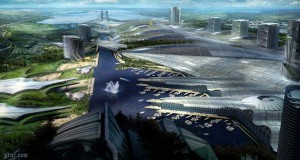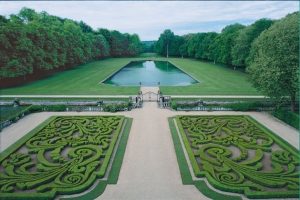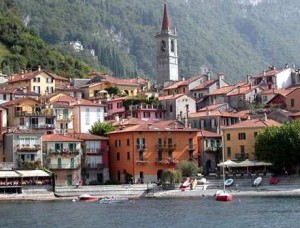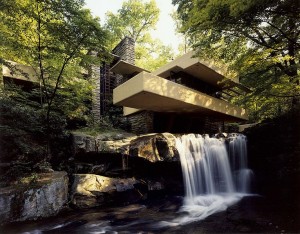Author Archives: Christine
Floating with the Tide
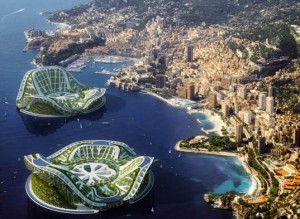
Vincent Callebaut Architectures has an innovative and evocative conceptual solution to the problems of climate change and land use! These lilypad like structures inspired by the giant Amazonian lilypad are floating zero emission cities complete with mountains, aqua culture fields, central park, suspended kitchen gardens and rivers.
[Image courtesy http://vincent.callebaut.org/]
Seeking sanctuary: the enclosed garden
The gardens of Chateau de Courances are acknowledged as one of the most integrated examples of an essential relationship between architecture and garden. I would have to agree.
The intricate formal design of the moated parterre garden close to the chateau leading onto the serenity of the pool of water in the garden enclosed by an avenue of trees beyond, gives a gradual sense of dematerialisation from the formal to the natural. This movement from the high artifice of the Chateau with its formal garden to the distant glimpse of what might be the wilderness beyond creates a wistful sense of connection between two differing but equally lovely outdoor environments.
This is a garden for contemplating from windows and for promenading within…but it is best enjoyed in solitude or populated with a profusion of people in a celebratory mood.
The gardens at Courances are considered one of the top fifty gardens by Tim Richardson. Tom’s description is at Gardenvisit.
Image: Parterre, Chateau de Courances, France malcolmkirk.com/galleries
Charles Jencks Garden of Cosmic Speculation
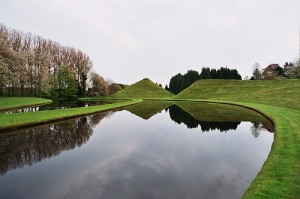 “Gardens like cities are whispering games in which the key is to pass on meaning even as it changes.” And “Design is like a conversation, if you knew the outcome it wouldn’t be worth having…” Charles Jencks in ‘The Garden of Cosmic Speculation’ (2003).
“Gardens like cities are whispering games in which the key is to pass on meaning even as it changes.” And “Design is like a conversation, if you knew the outcome it wouldn’t be worth having…” Charles Jencks in ‘The Garden of Cosmic Speculation’ (2003).
[Image & text source : www.thegrowspot.com/index.php?pageid=amazing-…]
Integrating design with nature or nature with design
In their paper ‘Being Here – Attitude, Place and Design for Sustainability’ presented at the Allemandi Conference Craig Badke and Stuart Walker discuss the the difference between ‘having’ and ‘being’ for sustainable design.
In these two examples, the historic town of Verrena on Lake Como and Frank Lloyd Wright’s modern organic masterpiece ‘Fallingwater’, architecture and nature exist in a symbiotic relationship. Both respond to topography and stunning natural settings creating a strong sense of place. Note in both instances the use of outdoor terraces and potted plants to create transitional public/private spaces between the indoors and outdoors.
Having which implies ‘possession’ to some extent; depends on the ability to control of something external to oneself, whilst being rather suggests the ‘enjoyment’ of what is present to oneself without the need to possess it. It enables the person to exist in radical freedom in relationship to the environment; not to exploit the environment but to harmonise with it.
Surely it is possible to promote such an approach to our urban environments?
Urban, urbane or uber-urban?
 Rosanna Vitiello & Marcus Willcocks, researchers with an interest on the relationship between the urban realm and our sensory coding, as part of their joint project ‘The Impact of the Unknown – Unravelling the Urban Lexicon’ speak of the Barking and Dagenham Council’s project as “an impressive regeneration programme” in their blog of October 2007.
Rosanna Vitiello & Marcus Willcocks, researchers with an interest on the relationship between the urban realm and our sensory coding, as part of their joint project ‘The Impact of the Unknown – Unravelling the Urban Lexicon’ speak of the Barking and Dagenham Council’s project as “an impressive regeneration programme” in their blog of October 2007.
Is anyone aware whether they have conducted follow-up research with ‘Participants’?

